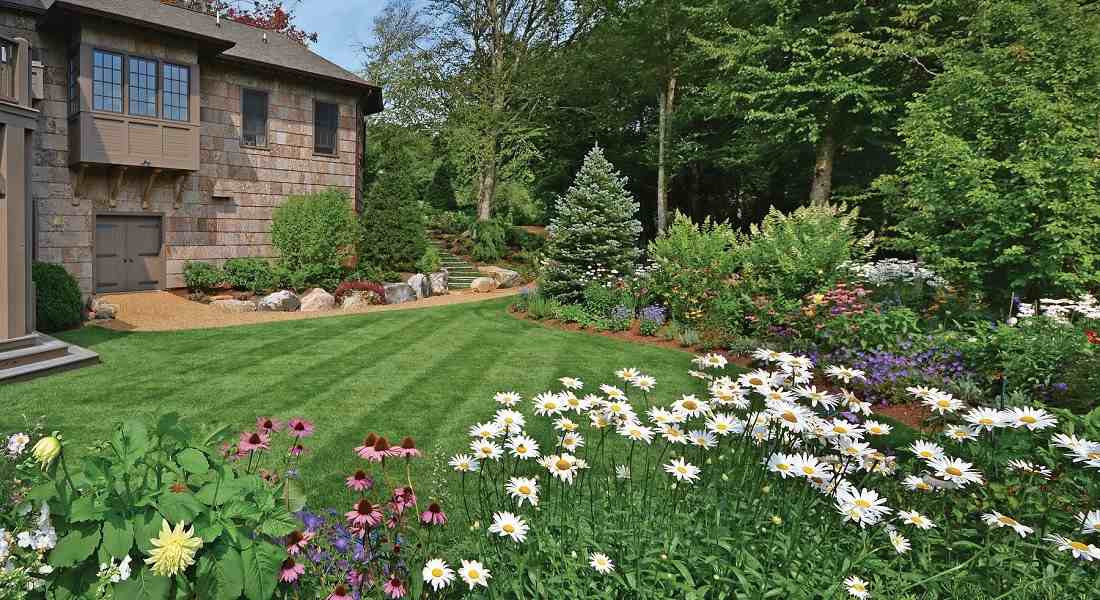Many landscape designers love the animal kingdom every bit as much as they love the plant kingdom. For this reason, instead of simply creating their landscape designs and implementing it with no thought for any wildlife, they take care to ensure that their garden becomes a wildlife-friendly environment.
If you are also someone who wants to ensure that any landscaping you carry out makes your garden a welcome haven for all sorts of species, then read on and we will explain to you 5 ways in which you can make this become a reality.
Limit The Use Of Pesticides And Other Chemicals
Whilst we would give this advice to any landscaper in any circumstances, it is even more applicable when you want your garden to become somewhere where wildlife can visit and do so safely. The last thing that will encourage them to do so is harmful and even poisonous chemicals. There are plenty of non-chemical alternative pesticides that you can purchase or make at home yourself, that will do the job just as well.
It might seem somewhat contradictory talking about killing bugs and insects, when they too are part of the animal kingdom, and it is a point worth dwelling on. The answer is that not every creature has your garden’s best interests in mind and instead of it being ravaged so that no other wildlife could benefit from it, better to at least get rid of the unwelcome guests using natural means as opposed to chemical ones.
Build A Pond Or Water Feature
In the hot, dry sunny days of summer, many animals suffer from heat and dehydration as much as humans, so what better way to help them than to provide them with your own little oasis? This could be a pond or simply a small water feature within your landscaping design. The birds especially will love a spot where they can flap their wings in the water and give themselves a nice cool bath.
Provide Some Shelter
If you do not have any means to provide a water feature for wildlife to cool off in, then an alternative is to provide them with some shelter. Here they can sit or lie in the shade and out of the sun’s hot rays. Lizards and small rodents will love these if they are at ground level, and for the birds, you could build them a birdhouse. Bees too, an essential part of our ecosystem, may not need shelter from the sun but can be accommodated by hanging a ‘bee hotel‘ on a wall or fence.
Feed Them
So far, you have made your landscaping safe, provided water and some shelter, so the next step is to feed some of the creatures that come into your garden. However, you must first establish what specific wildlife is likely to enter your garden and what the most appropriate foods to provide them are. Birds are likely to be the most common ‘diners’ in your garden, followed by lizards and small mammals, depending on where you live.
Choose Local Plants
This last point is one which we felt we had to include because many landscapers create their designs with plants that are not common to the local area they live in. If you want to welcome wildlife into your garden then the best approach is to use plants that are indigenous locally. In doing so, you will not only have plants in your garden that local wildlife is used to, but it can also mean the plants thrive as they are planted in local soils which contains the nutrients they require.

